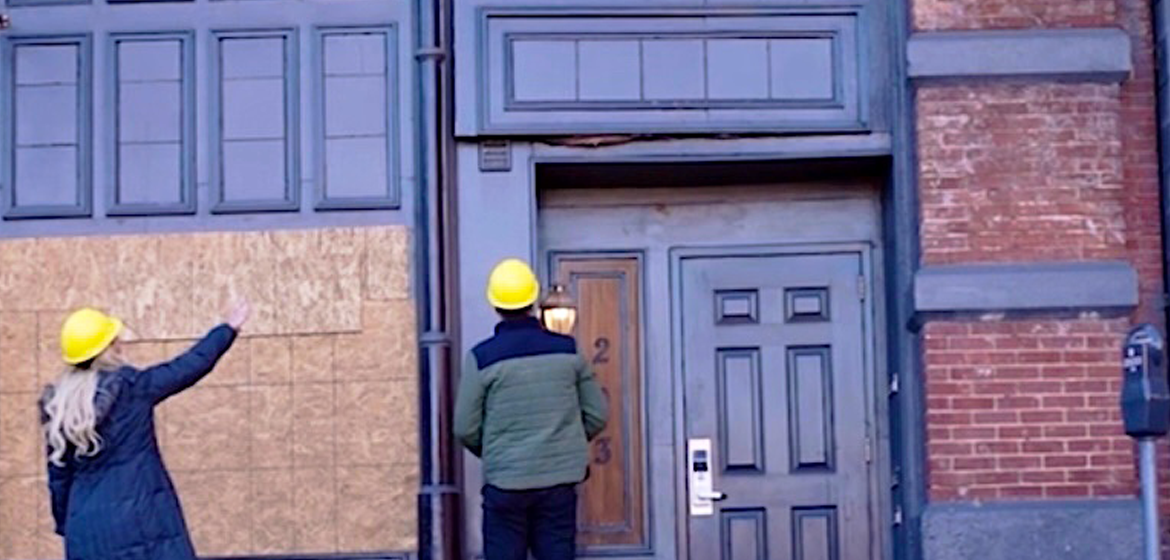Historic Building Restoration: The Essential Guide

Historic buildings are treasures that offer glimpses into the past, showcasing architectural and cultural heritage. However, the preservation of these structures often requires meticulous restoration work to ensure they remain standing for future generations to appreciate. Historic building restoration is a complex process that demands expertise, care, and attention to detail. In this comprehensive guide, we will explore the essential steps and considerations for restoring historic buildings. Whether you’re a property owner, architect, or preservationist, this guide will provide valuable insights into the restoration of these architectural gems.
Assess the Building’s Historical Significance
Before embarking on a historic building restoration project, it’s crucial to understand the building’s historic significance. Research the structure’s history, architectural style, and any notable events associated with it. Determine if the building is listed on historic registers or protected by local preservation ordinances.
Gaining a deep appreciation for the building’s historical context will inform your restoration approach. It will also help you prioritize which features and elements to preserve or restore to their original state.
Conduct a Comprehensive Building Assessment
A thorough assessment of the building’s current condition is the foundation of any successful historical restoration project. Engage with architectural historians, preservation consultants, and structural engineers to conduct a detailed evaluation. Identify structural issues, deterioration, and damage that need attention.
This assessment will guide the development of a restoration plan, outlining the scope of work and necessary repairs. It’s essential to prioritize safety and structural integrity during this phase.
Develop a Restoration Plan
Based on the assessment, create a comprehensive restoration plan that outlines the scope, timeline, and budget for the project. Ensure the plan adheres to historic preservation guidelines and standards. It should include details about the restoration of architectural elements, materials, and finishes.
Consult with experts in historical preservation to ensure your plan aligns with best practices. A well-crafted plan serves as a roadmap for the restoration, ensuring that each phase is executed thoughtfully.
Source Authentic Materials and Craftsmanship
Preserving historical accuracy is paramount in historical building restoration. Sourcing authentic materials and craftsmanship is a crucial step. Seek out suppliers and artisans who specialize in reproducing or replicating historical building materials and features.
Whether it’s recreating ornate moldings, restoring original windows, or matching historic paint colors, attention to detail is key. Using the right materials and craftsmanship ensures that the restored building maintains its historical authenticity.
Implement the Restoration Process
With a well-defined plan in place and authentic materials at hand, proceed with the restoration process. This phase involves a combination of skilled labor, construction work, and attention to historical accuracy. Structural repairs, masonry restoration, woodwork, roofing, and painting are just a few of the aspects that may require attention.
Throughout the restoration process, monitor progress, quality, and adherence to the restoration plan. Engage professionals who specialize in historical building restoration to ensure that the project meets preservation standards.
In summary, historical building restoration is a meticulous and rewarding endeavor that requires a deep understanding of a structure’s historical significance, a comprehensive assessment, a well-crafted restoration plan, authentic materials, and skilled craftsmanship. By following these essential steps and considerations, you can preserve the rich heritage of historical buildings for generations to come.
